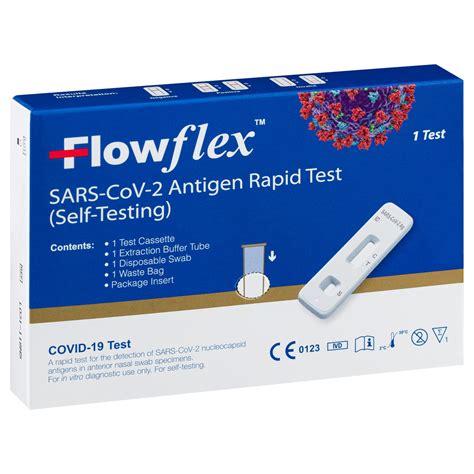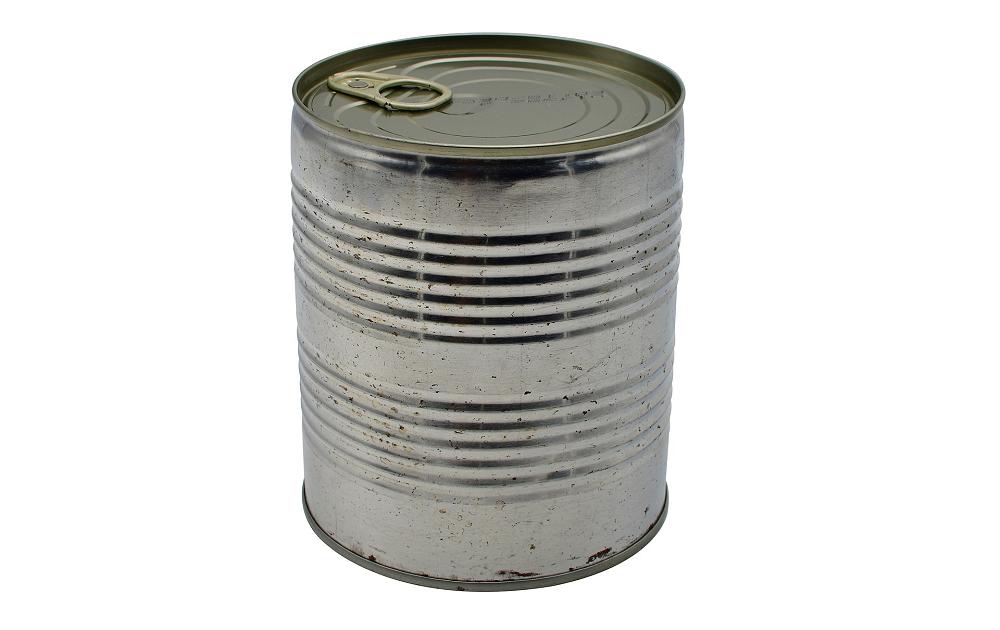The COVID-19 pandemic has underscored the importance of rapid and accurate diagnostic testing in managing and mitigating the spread of infectious diseases. Among the various tools developed to combat the virus, COVID-19 test kits have played a pivotal role. These kits are designed to detect the presence of the SARS-CoV-2 virus, which causes COVID-19, and they have been instrumental in identifying infected individuals, tracing contacts, and guiding public health interventions.
Types of COVID-19 Test Kits
There are primarily two types of COVID-19 test kits: molecular tests (such as PCR - Polymerase Chain Reaction tests) and antigen tests. Molecular tests detect the genetic material of the virus, while antigen tests detect specific proteins on the surface of the virus. Each type of test has its own set of advantages and limitations.
Molecular Tests (PCR Tests): These are considered the gold standard for diagnosing COVID-19 due to their high sensitivity and specificity. They can detect the virus even when it is present in small amounts, making them effective in the early stages of infection. However, PCR tests typically require specialized equipment and trained personnel, which can make them more expensive and less accessible for widespread use.
Antigen Tests: These tests are generally faster and less expensive than molecular tests. They can provide results in minutes and are often used in point-of-care settings, such as clinics or at home. While antigen tests are less sensitive than PCR tests, meaning they may not detect all cases of COVID-19, especially in asymptomatic individuals or those with low viral loads, they can still be valuable for rapid screening and identifying individuals who are likely to be infectious.
How COVID-19 Test Kits Work
Both molecular and antigen tests typically involve collecting a sample from the individual being tested, usually a nasal swab or, less commonly, a saliva sample.
Sample Collection: A healthcare professional or the individual themselves collects a nasal swab sample. For molecular tests, this sample is then sent to a laboratory for analysis. For antigen tests, the sample can often be analyzed on-site.
Processing the Sample: For molecular tests, the sample undergoes a process to extract the RNA of the virus, which is then amplified using PCR to detectable levels. For antigen tests, the sample is mixed with a solution that reacts with the SARS-CoV-2 antigens if they are present.
Interpreting Results: Molecular tests provide a result indicating whether the genetic material of the virus was detected. Antigen tests show a visual result, such as a line or color change, to indicate the presence of the virus.
Evolution of COVID-19 Test Kits
Since the onset of the pandemic, there has been rapid innovation in COVID-19 testing technology. This has led to the development of more accurate, faster, and more accessible test kits.
Rapid Antigen Tests: These have become increasingly popular for their speed and ease of use. While early versions were criticized for lower sensitivity, newer rapid antigen tests have improved significantly in accuracy.
At-Home Tests: The FDA has authorized several COVID-19 tests for over-the-counter (OTC) use, allowing individuals to test themselves at home. These tests have been crucial in expanding access to testing, especially in areas where healthcare resources are limited.
Saliva-Based Tests: Saliva-based molecular tests offer an alternative to nasal swabs, which some find uncomfortable. These tests can be self-administered and have shown promising results in terms of sensitivity and specificity.
Challenges and Future Directions
Despite the advancements in COVID-19 testing, several challenges persist. These include ensuring global access to affordable and accurate tests, managing the demand for tests during surges in cases, and continually updating tests to detect emerging variants of the virus.
The future of COVID-19 testing will likely involve further technological innovation, including the development of tests that can detect multiple respiratory pathogens simultaneously, improving the speed and accuracy of tests, and expanding the use of digital health technologies to report and track test results.
Practical Applications and Guides
For individuals looking to use COVID-19 test kits, whether for personal use or in a professional setting, understanding the different types of tests, their advantages, and how to interpret results is crucial. Here are some practical steps:
Choose the Right Test: Consider the purpose of the test (e.g., symptomatic testing, pre-travel testing) and the individual’s symptoms and exposure history.
Follow Instructions: Adhere strictly to the test kit’s instructions for sample collection and processing to ensure accurate results.
Interpret Results Accurately: Understand what a positive or negative result means and the next steps, which may include confirmation testing, self-isolation, or seeking medical care.
Report Results: Especially for at-home tests, it’s crucial to report results to healthcare providers and public health authorities to aid in contact tracing and community surveillance.
Conclusion
COVID-19 test kits have been a cornerstone in the global response to the pandemic, enabling the identification of cases, guiding public health measures, and informing individual and community actions. As the pandemic evolves, so too will the technology and accessibility of these tests, playing a critical role in our collective effort to manage, mitigate, and eventually overcome COVID-19.
What are the different types of COVID-19 tests available?
+The primary types include molecular tests (like PCR tests) that detect the virus’s genetic material and antigen tests that detect specific proteins on the virus’s surface. Each has its advantages and is suited for different testing scenarios.
How do I choose the right COVID-19 test for my needs?
+Consider the purpose of the test, such as whether you’re symptomatic or need a test for travel. Also, think about the speed at which you need results and the resources available to you. Molecular tests are highly accurate but may take longer, while antigen tests are faster but less sensitive.
Can I trust the results of at-home COVID-19 tests?
+At-home tests have become more reliable, but their accuracy can depend on the specific test and how well the instructions are followed. It’s also important to understand that false negatives can occur, especially in asymptomatic individuals or those with low viral loads. If you’re unsure, consult with a healthcare professional.


